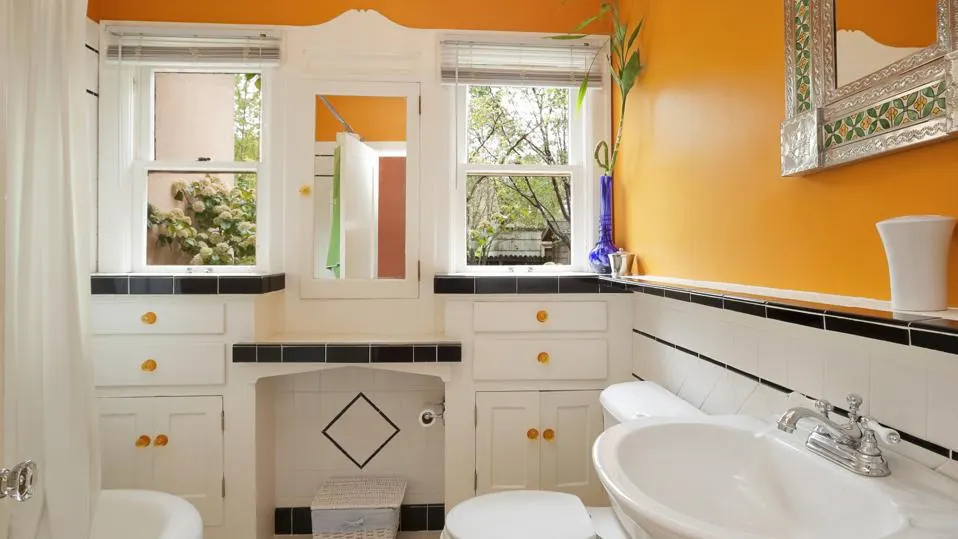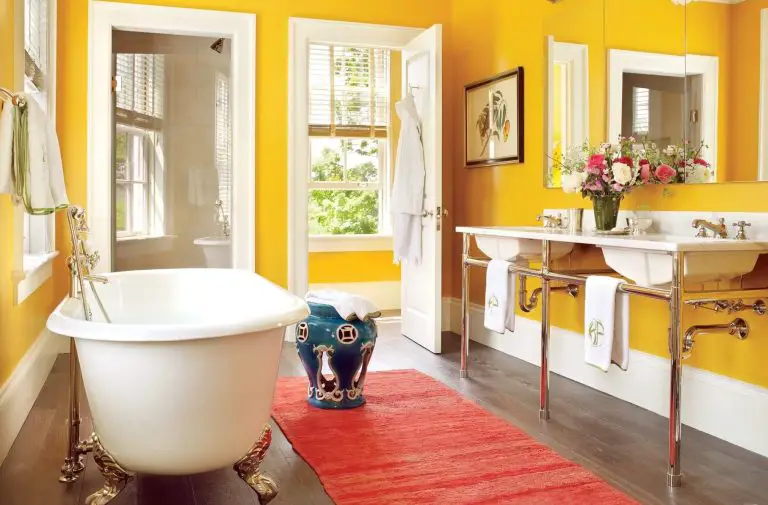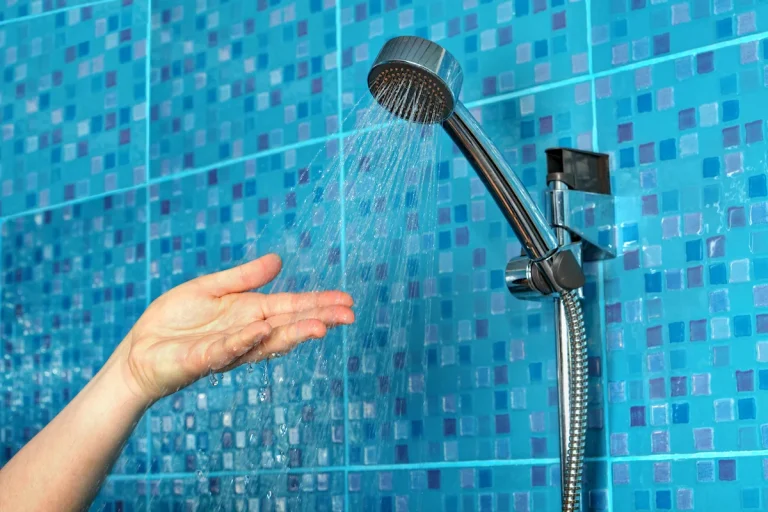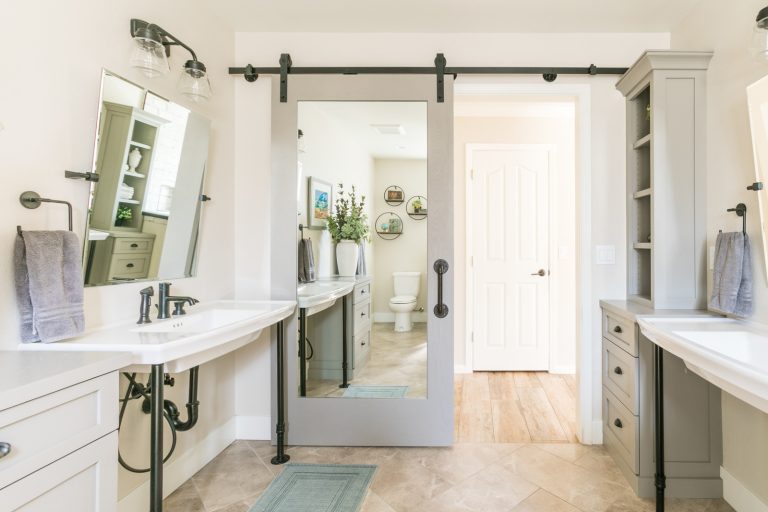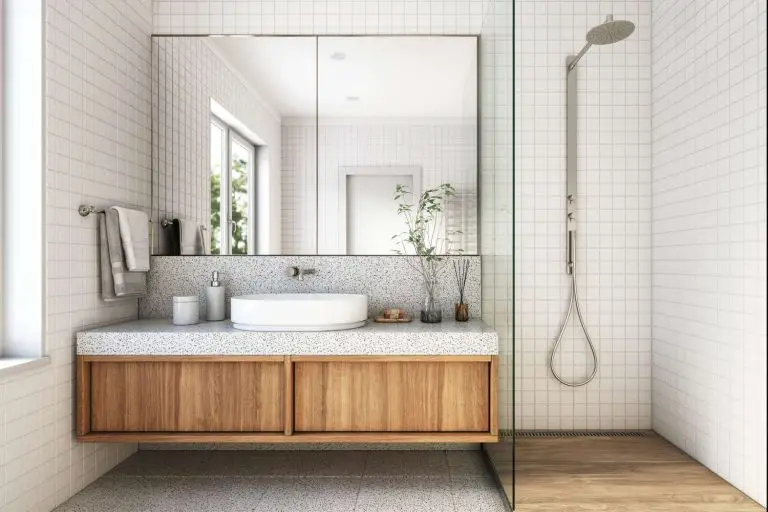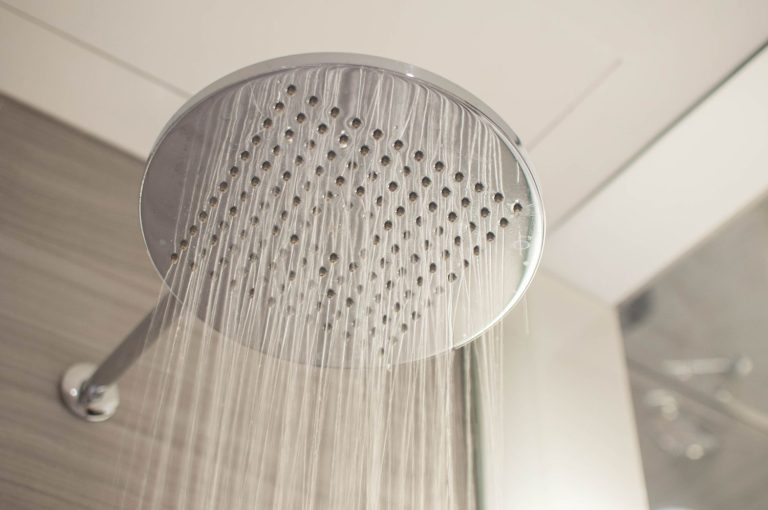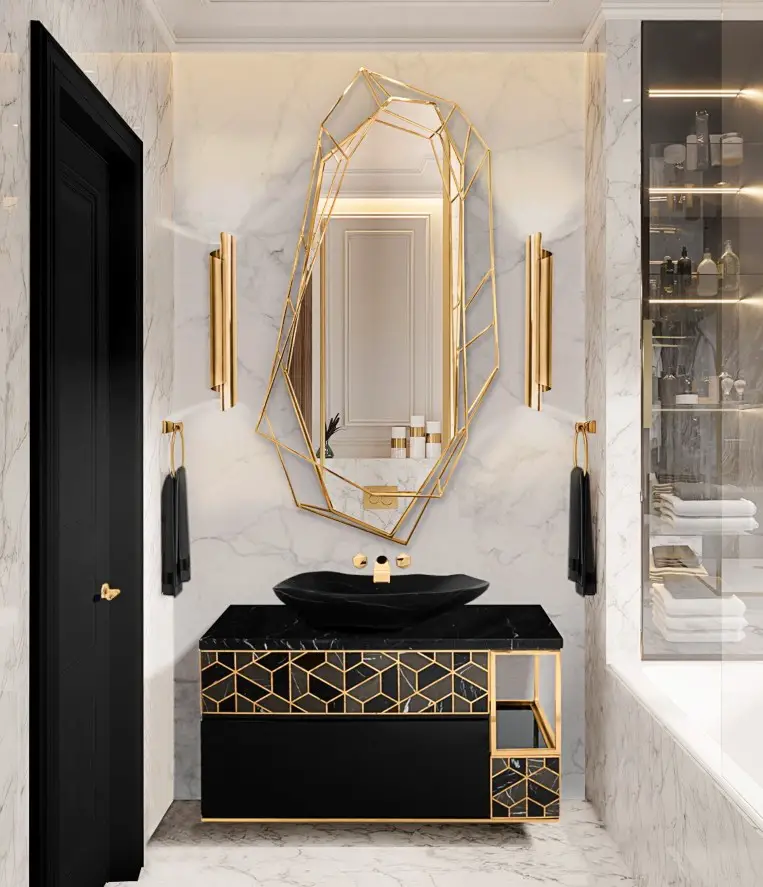Do Bathrooms Use Special Paint?
Bathrooms require special paint for both aesthetic and practical reasons. Special paints can add to the decorative effect of the room, while also providing protection from moisture and mildew. They can also provide a longer-lasting finish and require less frequent repainting. Understanding the properties of the various types of paint available for use in bathrooms can help you decide which is the best option for your needs.
Types of Paint Used in Bathrooms
Painting your bathroom can be a daunting task, but choosing the right type of paint for the job is the key to achieving the perfect finish. Whether you’re painting the walls, ceiling, or even the trim, it’s important to select a paint that is durable, waterproof, and easy to clean. From traditional oil-based paints to modern water-based options, there are a variety of types of paint that can be used in bathrooms. Oil-based paints are the oldest and most traditional option, providing a classic look with superior coverage and protection. Water-based paints are more contemporary and are designed to be easier to clean and maintain, with a range of low-VOC, low-odor formulas available. Finally, specialty paints such as epoxy and elastomeric can be used for more specific surfaces, as they are designed to provide superior waterproofing and resistance to mold and mildew. With a wide selection of paints available, you can find the perfect option to make your bathroom look its best.
Advantages of Using Special Paint in Bathrooms
The bathroom is one of the most important spaces in the home. Special paint can make a big difference in how your bathroom looks and functions. Using special paint in the bathroom can have numerous advantages, such as improved durability, better water resistance, and enhanced visual appeal. Special paints are designed to withstand the rigors of a humid and high-moisture environment, making them a great choice for bathrooms. Additionally, these paints are often formulated with mildew and mold resistance agents, which can help protect your walls from unsightly growth. Finally, special paint can add a touch of style to the bathroom, from traditional colors to bold and vibrant hues. All in all, special paint is a great choice for creating a beautiful and functional bathroom.
Disadvantages of Using Special Paint in Bathrooms
Special paint can often seem like the perfect solution for bathrooms and other wet areas. However, it comes with some disadvantages. Special paint, often referred to as moisture-resistant paint, is formulated to be more water-resistant than standard paint, but it is not waterproof. While it can resist some moisture, prolonged exposure to water can cause it to peel and blister. In addition, special paint is typically more expensive than standard paint and can be difficult to apply evenly. Finally, it can be difficult to touch up because the colors may not match precisely. For these reasons, it is important to consider the pros and cons of using special paint before making this investment for your bathroom.
What Kind of Special Paint is Best for Bathrooms?
When it comes to painting bathrooms, you want to make sure you choose the right kind of paint. The best paint for bathrooms is typically a semi-gloss or satin paint, as it is more resistant to moisture and mildew. These paints are also easier to clean and maintain. It is important to choose a paint that can stand up to high humidity levels, as well as hot steam and water from showers. Additionally, you may want to opt for a paint that is mildew-resistant and anti-fungal. A good choice would be a high-quality latex paint that is water-based and free of volatile organic compounds (VOCs). Lastly, it is important to choose a color that you will love and that will make your bathroom look and feel inviting. With the right paint, you can transform your bathroom into a beautiful and functional space!

Steps for Preparing and Painting a Bathroom
Preparing and painting a bathroom can be a daunting task, but with the right steps and techniques, it can be an enjoyable and rewarding experience. Here are some tips to get you started:
- Make sure the surface is clean and free of dirt and grime. Use a mild detergent and a damp cloth or sponge to gently scrub the surface.
- Sand off any existing paint and lightly sand the walls to provide a smooth surface.
- Apply a coat of primer and let it dry completely before painting.
- Use quality paint specifically designed for bathrooms, as this will reduce water-related damage and help the paint last longer.
- Apply two coats of paint in the color of your choice, allowing each coat to dry before applying the next coat.
- Once the paint is dry, seal it with a waterproof sealant to protect it from moisture.
With these steps, you can transform your bathroom into a stylish and inviting space. By following these steps, you can have a beautiful bathroom that you can enjoy for years to come.
Cleaning and Maintaining a Painted Bathroom
Cleaning and maintaining a painted bathroom may seem like a daunting task, but with the right tools and techniques, it can be easy and rewarding. First, start with a gentle cleanser and a soft cloth to wipe away dirt and dust. Then, use a damp cloth to wipe the painted surfaces and remove any soap scum or mildew. Finally, use a soft dry cloth to bring out the shine and luster of the paint. With regular and proper maintenance, your painted bathroom will remain looking beautiful and clean for years to come.
Common Mistakes to Avoid When Painting a Bathroom
Painting your bathroom can be a daunting task, but it doesn’t have to be. By avoiding common mistakes, you can transform your bathroom into the perfect sanctuary. It’s important to choose the right paint for your bathroom. Not all paints are suitable for bathrooms, so make sure you know what works best for where you’ll be painting. Additionally, be sure to use a primer before painting, and make sure the walls are clean and free of dust and grease. It’s also important to use tape when painting, to help you create neat, clean lines and avoid any mess. Finally, when it comes to choosing the right color, consider the size of your bathroom and the amount of natural light it receives. Choose a shade that won’t be too overpowering and will complement the room’s existing features. By following these simple tips, you’ll be well on your way to creating a beautiful bathroom you’ll love.
Cost Considerations for Using Special Paint in a Bathroom
Using special paint in a bathroom can add a unique touch to an otherwise ordinary space. It can be a great option for those who want to create a one-of-a-kind look in their bathrooms. However, there are a few cost considerations that should be taken into account before deciding to use special paint. First, the cost of the actual paint itself can be significantly higher than regular paint, depending on the type and brand chosen. Secondly, specialty equipment may be required for the job which could add to the expense. Lastly, hiring a professional to do the job can also be costlier than doing it yourself. It’s important to weigh the pros and cons of using special paint in a bathroom before making a decision.
FAQs About the Do Bathrooms Use Special Paint?
What kind of paint should I use in the bathroom?
You should use paint that is specifically formulated for bathrooms. This type of paint is designed to resist humidity and condensation, and it is usually mildew-resistant.
Is there a difference between bathroom paint and regular paint?
Yes, bathroom paint is specially formulated to resist moisture and humidity and to prevent mildew growth. Regular paint is not designed to withstand the moisture and humidity levels found in bathrooms and is therefore not suitable for use in the bathroom.
How often should I repaint the bathroom?
The frequency of repainting depends on the condition of the walls and the amount of humidity in the bathroom. Generally, bathrooms should be repainted every two to three years.
Conclusion
Bathrooms do use special paint that is designed to resist moisture and mold. This type of paint is more expensive than regular paint, but it is well worth the extra cost since it will help to protect the walls and surfaces from water damage and mold growth. By using special paint, you can help to ensure that your bathroom remains in top condition for years to come.

